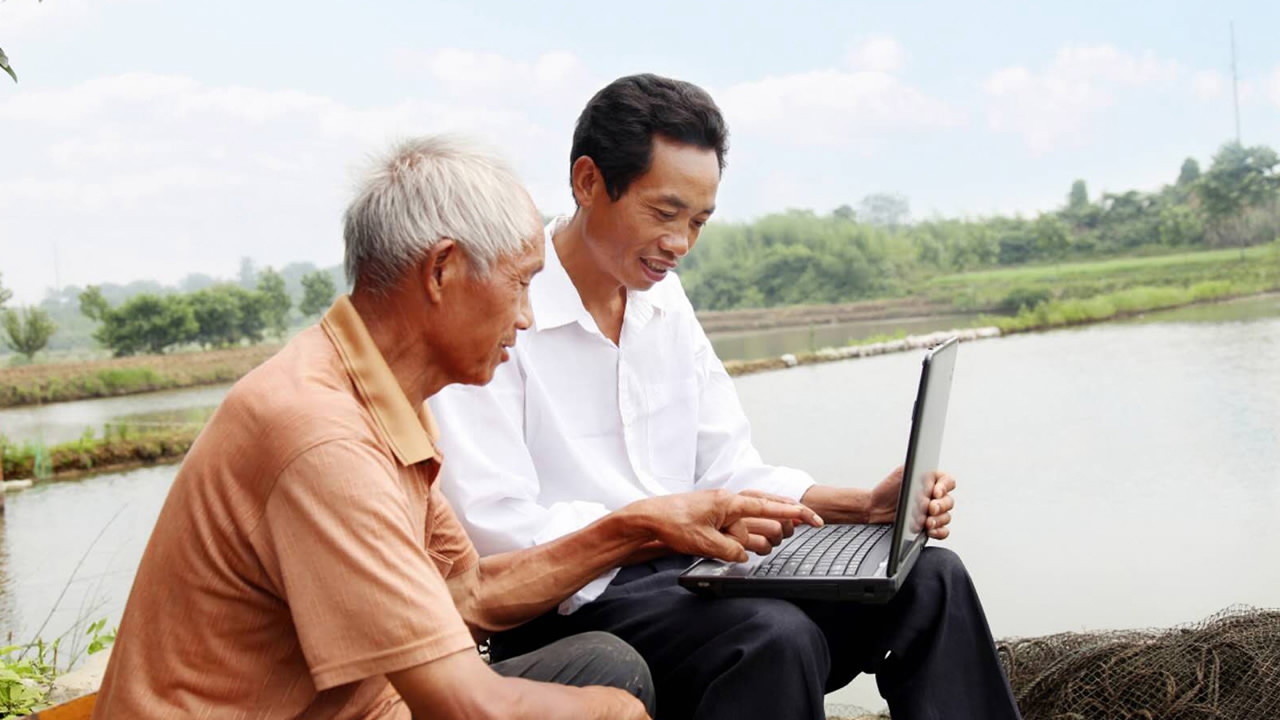
Business
20:37, 04-Feb-2018
Debunking China Myth: How can reforms vitalize Chinese rural economy?
By CGTN’s Peng Xiaoyun

This year marks the 40th anniversary of China’s Reform and Opening-up Policy. The central government has implemented rural reforms to shape China's agriculture landscape in the past four decades. How do these reforms make farmers more productive and vitalize the rural economy? How does technology bring changes to rural production and lives? And what are the challenges ahead?
Reforms & policies over past four decades
In 1978, China shifted its focus from heavy industry to agriculture, marking the start of the country's rural reforms. The family contract system was rolled out that enabled the farmers to use land through long-term contracts and keep the produce after paying taxes. This significantly boosted rural economy.
“The rural agricultural reform was the beginning of the Chinese economic and political reform 40 years ago. This laid the foundation for economic reform not only in countryside but also in the urban areas,” said Gao Zhikai, vice president of Center for China and Globalization (CCG).

The central government changed its focus to urban development in the1980s, which led to the restructuring of China's rural economy. And in the early 1990s, a set of market-oriented rules were implemented. A large part of the agricultural investment went into the construction of rural infrastructure and improving production conditions. The move started the modernization of China's agriculture section.
Entering the 21st century, policy-makers took a panoramic view of the development strategy for agriculture. They focused on how to coordinate growth of the agricultural sector so that it could better serve the nation's overall economy.
“It helps modernize China’s economy, it also helps to develop China’s internal demands,” said Rob Koepp, director of the Economics Corporate Network.

Koepp added that the reforms are key to China’s modernization as well as providing more job opportunities alternately for certain people who grow up in rural communities, as they could select jobs outside farming.
Rural residents have had more job opportunities thanks to the reform. However, it also led to an emptying out of the countryside. China has seen a lot of its population moving from rural areas to cities as migrant workers since 1980s.
To tackle this unbalanced development, China is putting a lot of effort in revitalizing rural areas.
Ways to vitalize the rural economy
President Xi Jinping unveiled guidelines billed as "revitalizing the rural economy" for the new reform agenda last year. The top priorities of the agenda include accelerating the industrialization of the agricultural sector and deepening rural economic restructuring.
“China has about 40 percent workforce employed by agriculture, but it only accounts for less than nine percent of GDP”, said Koepp. Rural revitalization strategy is expected to address the problem.

In addition to reforms and rural revitalization strategy, e-commerce is playing an important role in spurring the rural economy.
Online retail purchases by rural shoppers increased dramatically in past years. Rural residents contributed almost 81.4 billion US dollars to the e-commerce sector in the first half of 2017, an increase of 38 percent year-on-year.
“Internet services and e-commerce should be a great way forward for many existing problems in the rural area, such as their sales marketing on products to the urban centers,” said Gao, “E-commerce will definitely help them communicate with urban consumers, and sell products faster and more efficient to the urban centers.”
Reforms and technology have helped boost the rural economy. But when referring to balancing the urban and rural development, both Gao and Koepp agreed that it will still take years. In any case, China is on its way to achieving that goal.
(Du Zhongyan also contributed to the story)

SITEMAP
Copyright © 2018 CGTN. Beijing ICP prepared NO.16065310-3
Copyright © 2018 CGTN. Beijing ICP prepared NO.16065310-3